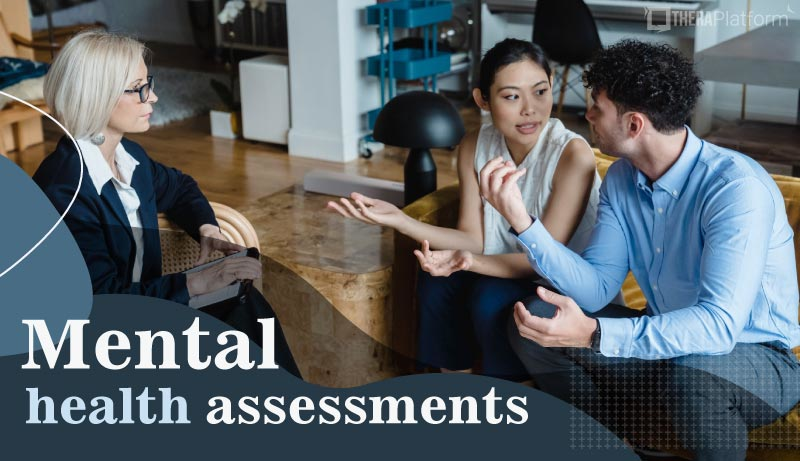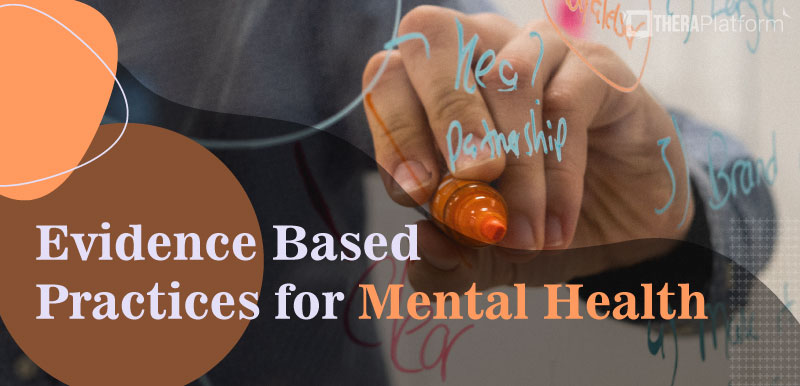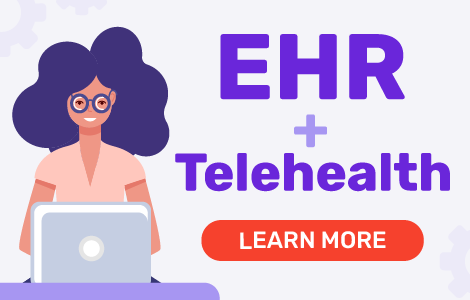Minnesota Multiphasic Personality Inventory

The Minnesota Multiphasic Personality Inventory (MMPI) is one of the most common psychological tests administered. It provides a myriad of information from a clinical standpoint and is also used in screening some public service job applicants. The MMPI is an easily administered true/false test that only requires an 8th-grade reading level to understand.
Summary
- The MMPI is the gold standard in personality assessment. With versions for adults and adolescents, the MMPI is one of the most widely used tools to evaluate personality traits and psychopathology in both clinical and occupational settings.
- It uses true/false responses—but requires expert interpretation. Although easy to complete (8th-grade reading level), the MMPI’s scoring and interpretation are complex, requiring licensed professionals trained in psychological assessment.
- Built-in validity scales detect exaggeration or faking. Scales like L (Lie), F (Frequency), and K (Defensiveness) help flag dishonest or inconsistent responses, making the MMPI highly reliable—even when clients attempt to manipulate results.
- Comprehensive, but not without drawbacks. While it offers unmatched depth, the MMPI is time-consuming, costly, and inaccessible to unlicensed professionals—making it best suited for full psychological evaluations.
- Using an EHR like TheraPlatform can help therapists manage assessments easily.
Streamline your practice with One EHR
- Scheduling
- Flexible notes
- Template library
- Billing & payments
- Insurance claims
- Client portal
- Telehealth
- E-fax

History and development of the Minnesota Multiphasic Personality Inventory
The original MMPI was developed in 1939 at the University of Minnesota hospital and normed on patients and their visitors. A primary problem quickly identified with this norm group was the highly limited demographic. The majority of the sampled group were young, white, and married.
The MMPI-2 attempted to address the limitations of the demographic and it was normed with a sample group of around 2,600 people from across the United States that was more representative of the country’s demographics.
The norm group included individuals previously diagnosed with certain disorders, allowing the researchers to base the test in practice rather than the theoretical models of other personality assessments.
Uses for the MMPI and adaptations
- The MMPI-2 is the standard adult version of the assessment and was released in 1989. It has 567 true/false questions and takes around 60 to 90 minutes to complete. It was updated to reflect more culturally diverse values as the 1942 version was outdated.
- The MMPI-2-Retracted Form was published in 2008 for use with adults and is a shorter version of the MMPI-2. It has 338 true/false items and is expected to take about 40 to 50 minutes to complete.
- MMPI-Adolescent was adapted and released in 1992 for adolescents from 14 to 18 years old. The MMPI-A has 478 questions and takes about one hour to complete. A short version, the MMPI-A-RF, was released in 2016, has 241 questions and takes only about 25 to 45 minutes to finish.
- The newest version, the MMPI-3 was released in 2020. It has 335 questions and takes anywhere from 25 to 50 minutes to finish. It has been further updated to reflect current diverse values and norms. However, many sources feel that the MMPI-3 hasn’t been tested thoroughly enough and do not use it consistently.
Diagnostic criteria for the Minnesota Multiphasic Personality Inventory
After questions are answered, the responses are plotted on a graph. The X-axis has two categories of different scales. Originally there were four content scales, but this has been further broken down as the scales have been developed, and ten clinical.
The first four content scales help the clinician determine the validity of the profile.
- ? represents the number of questions completed incorrectly with either no attempt or both ‘true’ and ‘false’ selected.
- L for ‘Lie’ shows any attempt by the respondent to misrepresent themselves in a more positive light. Some responses in this area are normal, but there is a limit that shows the profile is invalid due to trying to fake good.
- F or ‘frequency’ shows any random response, exaggeration, or downplaying of symptoms. This can show a variable response inconsistency or a true response inconsistency.
- K to gauge ‘defensiveness,’ or evasion of stressful content. An individual with a high K score is likely to have scales that are lower than they should be. The MMPI-2 offered a K-corrected option for the scales, but it is not empirically tested.
The 10 ‘clinical scales’ are for measuring the presence of psychiatric syndromes,
1 or HS | Hypochondriasis which detects an unusually high level of concern over one’s medical health without cause. Psychological hypochondriasis is typically vague and related to the head and stomach. |
2 or D | Depression. High scores here indicate clinical depression and overall dissatisfaction with life. |
3 or Hy | Hysteria, which is something of a combination scale and can indicate anxiety, dissociative traits, or general paranoia. |
4 or Pd | Psychopathic deviate. Can sometimes be misunderstood as it indicates difficulty with family or authority figures, but can also indicate a high level of morality that isn’t dependent upon society’s definition of right and wrong. This scale can go either way and needs to be interpreted with caution. |
5 or Mf | Continuum of masculinity-femininity. It is important to note that this is based on stereotypical, traditional masculine and feminine roles. Questions are tied to activities, sensitivity, and aesthetic preferences. Again, caution is recommended with interpretation as this is a very different concept now than it was in the mid-20th century. |
6 or Pa | Paranoia. Measures things like grandiosity, suspiciousness, and rigidity. Think of this scale as general distrust of the world. |
7 or Pt | Psychasthenia or obsessive-compulsive tendency. It may identify tendencies like unusual fears, difficulty concentrating, and a tendency to be highly self-critical. |
8 or Sc | Schizophrenia. Should not be confused with a diagnostic tool as this scale identifies the tendencies, but not diagnostic criteria. Questions may concern impulse control, bizarre thinking, social alienation, and other related issues. |
9 or Ma | Hypomania which identifies elevated mood, overly high excitement, labile mood and other tendencies associated with elevated energy levels. |
0 or Si | Social introversion which measures the tendency to avoid interacting with groups or to feel awkward and withdrawn. Again, it is important to interpret this one carefully as introversion is an acceptable trait as long as the individual doesn’t feel like it interferes negatively with their lives. |
Practice Management + EHR + Telehealth
Manage more in less time in your practice with TheraPlatform
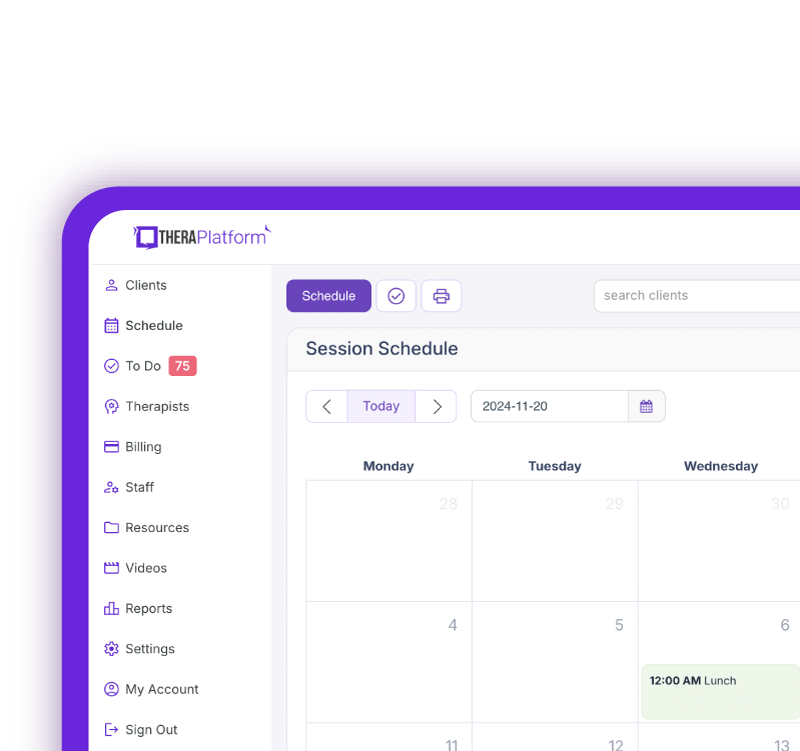
On these 10 scales, the average person would score between 30 and 70. Scores above that level would be considered concerning. Scores are rarely taken individually and are mostly examined from a profile perspective or a combination of scores. For example, a common profile is a combination of a high 4 and 6 and a low 5 and is often referred to as a warning for low empathy and potential “psychopathic” tendencies.
This complicated interpretation is one of several reasons that the MMPI can only be used by trained individuals with specific licenses. Psychologists and psychological associates, as well as some Licensed Professional Counselors, are eligible, but most life coaches and similar licenses would not be eligible unless under the supervision of a psychologist for interpretation.
Downsides of using the MMPI
As with many psychological assessments, the best chances of success occur when the individual being assessed is willing to participate and is open and honest. Despite the fact that the MMPI can differentiate a fake profile from an honest one, a fake test still leaves an invalid profile that doesn’t provide as much, if any useful information and is a waste of the clinician and client’s time.
The lengthiness of the MMPI is often cited as a difficulty in using the test. It can take an hour (or longer) for the individual to fill out and they may struggle to focus, lose track, or get bored while taking it, causing mistakes, invalid profiles, or incomplete tests.
Additionally, while computer scoring programs are available, none are as in-depth as human scoring and evaluation, which means robust information gathering is time-consuming for the patient and the clinician. The shorter versions can be helpful but lack the reliability and validity of the longer versions.
Furthermore, while difficulty accessing the test is a positive for dealing with individuals who may try to fake a personality assessment, it is a potential con for some clinicians as it requires a specific license and training to order the test and can be costly to an individual clinician who may be in private practice or just getting started. This cost ranges from $1,500 to $3,500 and tends to be passed on to the client or their insurance as a full psychological evaluation, which typically includes the MMPI (which takes several sessions to complete) as a standard.
Free Resources for Therapists
Click below and help yourself to peer-created resources:

Pros of using the MMPI
The MMPI has many benefits over other assessments used in personality assessment. While other assessments measure personality and disorders, none measure as efficiently and completely as the MMPI. The MMPI measures across the personality and pathology spectrum. If a clinician is only able to administer one test for a client, the MMPI would be their best bet for a comprehensive test.
The MMPI is also not based on any specific personality theory. Rather, it is constructed using more symptoms and real-world experiences. Because of this, it can be utilized by any clinician with any theoretical orientation as long as they have the appropriate training and credentials.
The MMPI-2 also provides information about the individual’s test-taking attitude, which can show the therapist that the client is careless, defensive, or exaggerating their problems. This can indicate the individuals are trying to fake good or bad, or that they aren’t taking the assessment seriously. This attitude often extends to therapy as well, so the clinician can be prepared to address or manage this perspective.
Additionally, the MMPI isn’t readily or easily available like other personality assessments so individuals are unlikely to be familiar with it and be able to “fake” it or “play the system.” Accessing resources that would tell individuals how to answer certain questions or give them the ability to “practice” and test out responses is difficult. Even if someone were to practice, it is highly unlikely they could answer in a way that wouldn’t pick up inconsistency or falsehood of some sort. This reliability is a primary reason that the MMPI remains the gold standard of personality and psychopathology testing.
More information about the MMPI can be found on the University of Minnesota’s dedicated MMPI website maintained by Professor Emeritus James N Butcher Ph.D.
Improving mental health assessment notes with EHR software
EHR software and practice management tools, such as TheraPlatform, offer numerous advantages in creating accurate, efficient, and organized notes.
Top 7 benefits of using EHR for notes management
Manually writing and storing notes can be cumbersome for many therapists. That process can be further exacerbated by simple document requests that include locating, faxing or scanning documents.
Features like customizable templates, secure storage, easy sharing, duplication, electronic signatures, and efax integration, streamline the note process, optimizing therapy documentation and workflows.
- Consistent notes with template library: EHRs equipped with a library of note templates enable therapists to create standardized and concise notes quickly. This feature ensures consistency across notes, making it easier to review client progress. Additionally, EHRs provide centralized storage and management of notes, enhancing accessibility and organization.
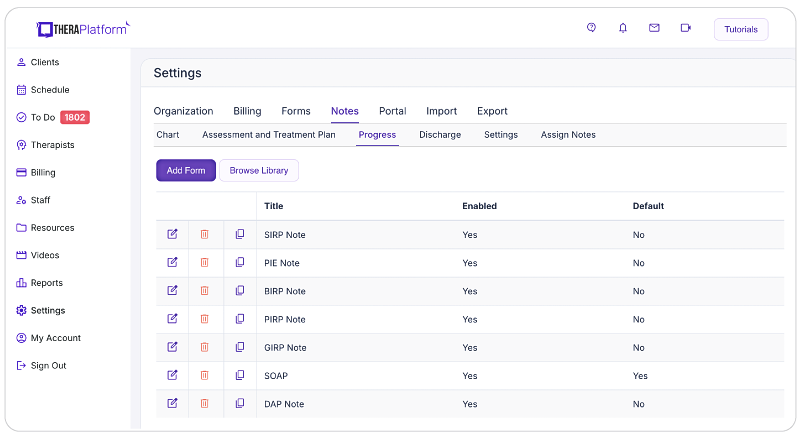
- Customizable notes: Not all EHRs offer customizable note templates tailored to therapists' unique needs. However, with a robust and user-friendly note template builder, therapists can customize note templates to align with their preferred note-taking style. This flexibility allows for efficient data entry, whether therapists prefer separating sections or using a single note field or checkboxes for mental status or techniques.

- HIPAA-compliant note storage: EHRs prioritize data security by implementing bank-level encryption to safeguard notes and other client information. TheraPlatform, for instance, ensures HIPAA compliance by offering signed, legally-binding Business Associate Agreements to protect Protected Health Information (PHI) between compliant entities.
- Seamless note sharing with clients: Clients may request access to their notes to better understand their treatment or keep them for record-keeping purposes. Using an EHR, therapists can securely share notes with clients, saving time compared to paper-based practices. TheraPlatform, a HIPAA-compliant EHR for therapists, facilitates secure note sharing with clients.
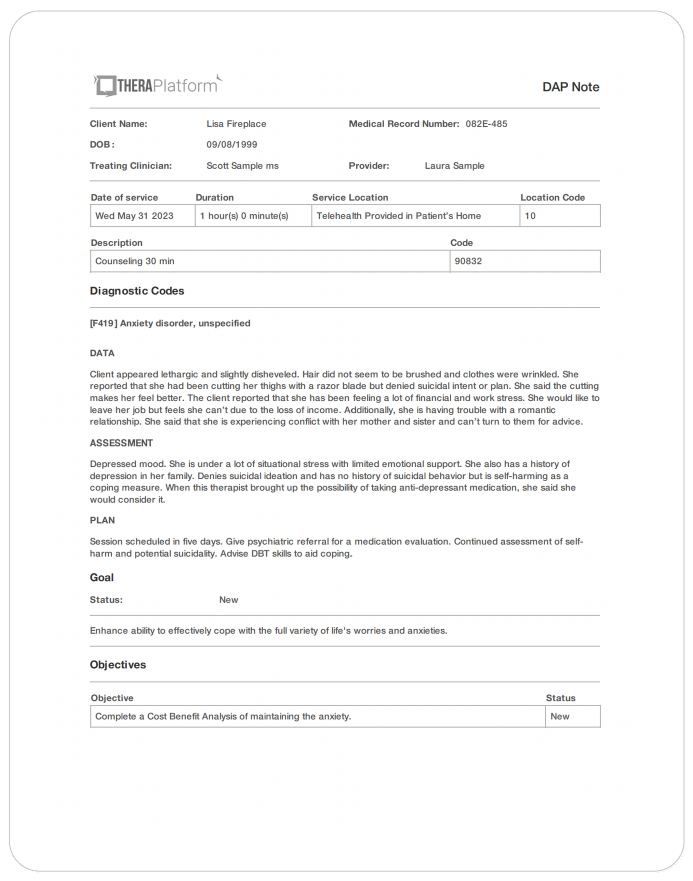
- Duplicate notes: In cases where the data remains the same across multiple sessions, duplicating notes can save time. This feature is particularly useful when clients exhibit repetitive behaviors or show minimal progress, allowing therapists to refer back to previous notes for accurate documentation.
- Client signatures made easy: EHRs streamline the process of requesting client signatures. TheraPlatform's Pro and Pro Plus plans enable therapists to request electronic signatures directly on notes. Clients can conveniently download and print the documents requiring their signatures.
- Easier faxing: TheraPlatform offers efax integration as an add-on feature, eliminating the need for toggling between multiple services. This integrated solution allows therapists to send and receive documents, including notes, via fax directly from TheraPlatform. Additionally, received faxes can be easily filed under the respective client's charts.
Additional tools and outcome measures to help with data collection and progress monitoring
Therapists can also take advantage of EHRs (such as TheraPlatform) that offer integrations with Wiley treatment planners to ensure consistent data collection on progress from session to session. The best part about partnering with a modern EHR is the time you save on formulating the actual notes and scoring.
What is Wiley Treatment Planner?
Wiley Treatment Planner is a widely used clinical resource designed to help mental health professionals and other therapists efficiently create treatment plans for their clients. In addition to treatment plans, the company also provides prewritten therapy notes for some diagnostic codes. It is part of the "PracticePlanners" series published by Wiley.
Features of Wiley Treatment Planner includes:
- Prewritten, evidence-based treatment goals, objectives, and interventions
- Treatment planners tailored to specific populations and problems, including adults, children, adolescents, couples, families, addictions, and more
- Alignment with the diagnostic criteria from the DSM-5 and ICD-10
- Prewritten therapy notes
Is there an online version of Wiley Treatment Planner and how can I get the Wiley Treatment Planner?
Wiley Treatment Planner company partnered with a select number of EHRs for mental health providers to make treatment planners available online. TheraPlatform’s EHR offers the Wiley Treatment Planner as an add-on for both assessment and treatment plans and therapy notes, such as notes. You can edit prewritten notes and add your own with any therapy template on TheraPlatform.
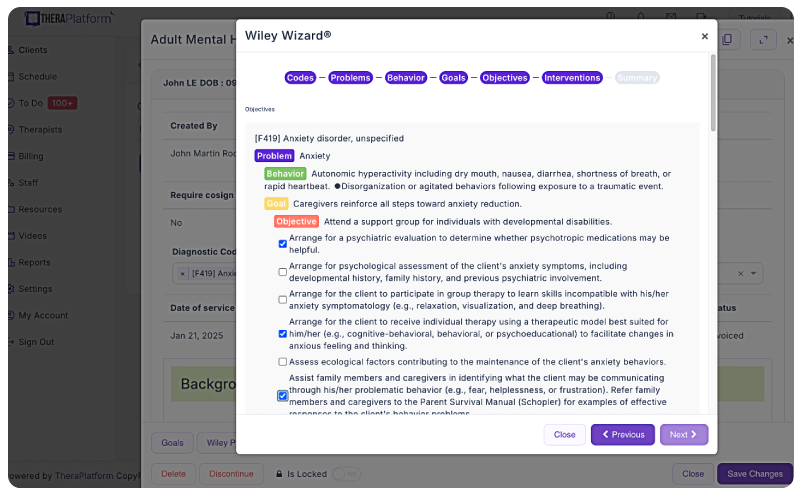
Save time with automatically scored outcome measures
Mental health therapists can use outcome measures to document progress, track a variety of key clinical indicators, helping providers make data-driven decisions, improve communication with clients, and improve client outcomes. Additionally, outcome measures help therapists adhere to compliance requirements and provide documentation needed to support reimbursement.
Watch this video to learn about how to autoscore outcome measures
→ Sign up for a Free Frial
While outcome measures clearly provide benefits to both clients and therapists, they can be time-consuming, especially if clinicians score responses manually.
However, many aspects of outcome measures can be automated through an EHR like TheraPlatform:
- Sending measurements: Common assessments such as the PHQ-9 or GAD-7 can be automatically sent to clients and stored in their records or they can be scheduled on regular intervals.
- Auto scoring: TheraPlatfrom automatically scores and sums totals for common outcome measures.
- Report building and analysis: Results can be analyzed over time, with visual charts showing progress on rates of severity and session-to-session progress.
By regularly using these measures, therapists can gain valuable insights, tailor interventions, and improve client outcomes while demonstrating the effectiveness of their care without manual entry.
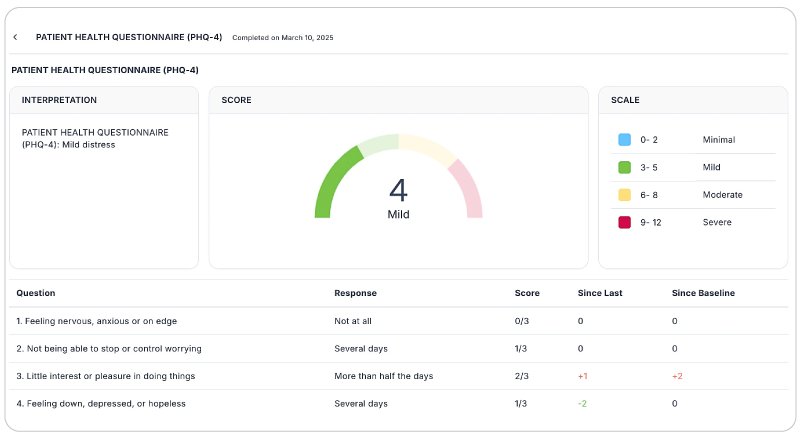
By leveraging the capabilities of EHR software like TheraPlatform, therapists can enhance the accuracy, efficiency, and accessibility of their notes, allowing them more time to enhance client care.
Streamline your practice with One EHR
- Scheduling
- Flexible notes
- Template library
- Billing & payments
- Insurance claims
- Client portal
- Telehealth
- E-fax

Resources
Theraplatform is an all-in-one EHR, practice management and teletherapy solution with AI-powered note taking features that allows you to focus more on patient care. With a 30-day free trial, you have the opportunity to experience Theraplatform for yourself with no credit card required. Cancel anytime. They also support different industries including mental and behavioral health therapists in group practices and solo practices.
More resources
- Therapy resources and worksheets
- Therapy private practice courses
- Ultimate teletherapy ebook
- The Ultimate Insurance Billing Guide for Therapists
- The Ultimate Guide to Starting a Private Therapy Practice
- Mental health credentialing
- Insurance billing 101
- Practice management tools
- Behavioral Health tools

